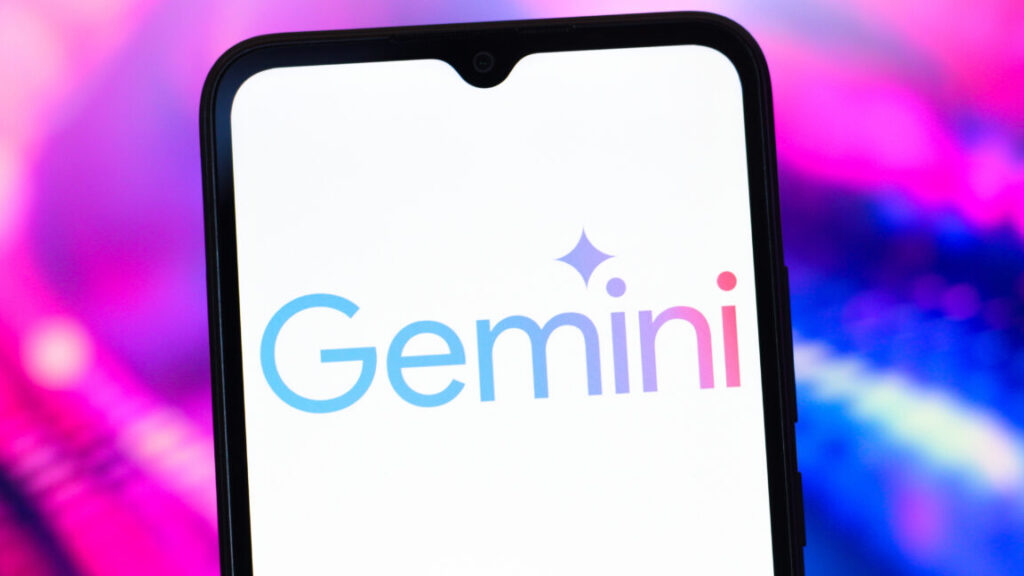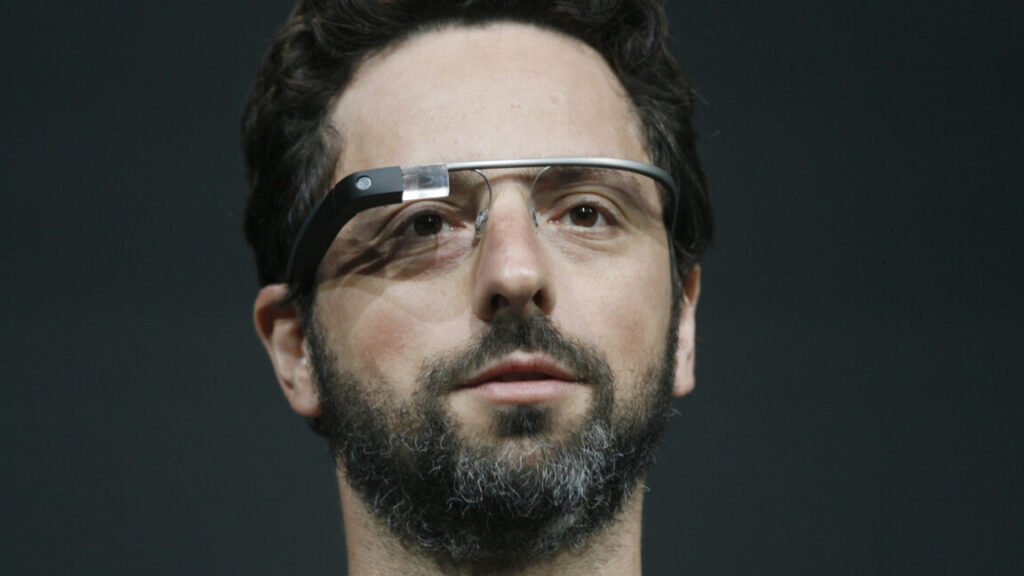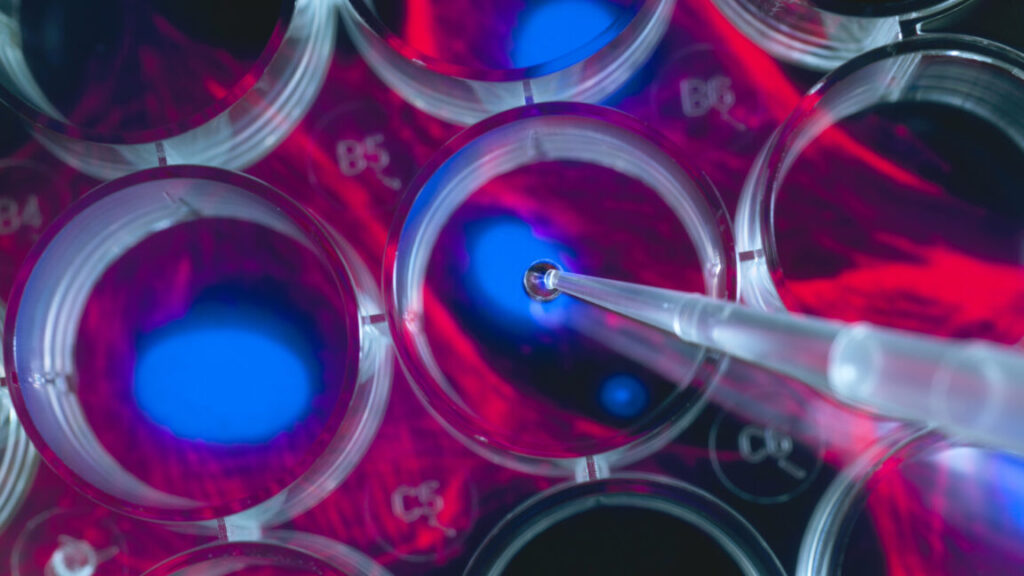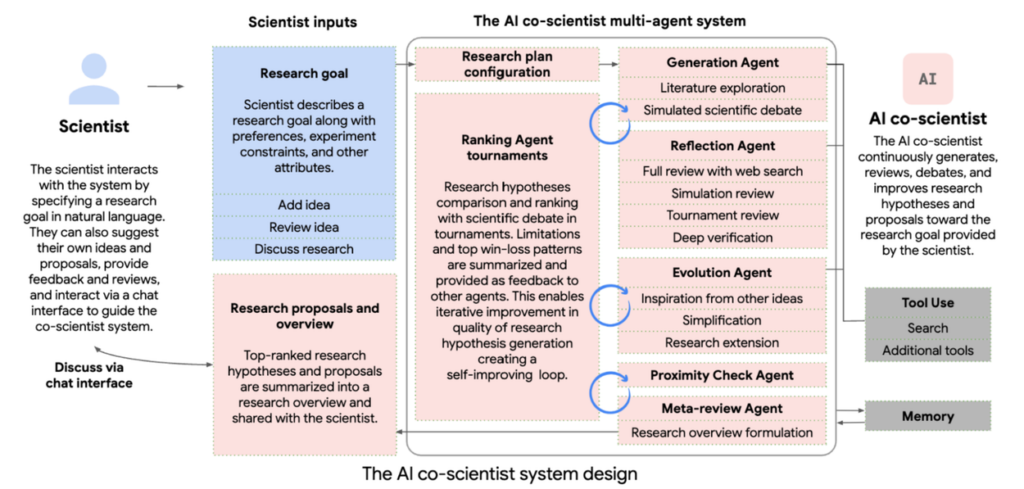Google adds Veo 2 video generation to Gemini app
Google has announced that yet another AI model is coming to Gemini, but this time, it’s more than a chatbot. The company’s Veo 2 video generator is rolling out to the Gemini app and website, giving paying customers a chance to create short video clips with Google’s allegedly state-of-the-art video model.
Veo 2 works like other video generators, including OpenAI’s Sora—you input text describing the video you want, and a Google data center churns through tokens until it has an animation. Google claims that Veo 2 was designed to have a solid grasp of real-world physics, particularly the way humans move. Google’s examples do look good, but presumably that’s why they were chosen.
Prompt: Aerial shot of a grassy cliff onto a sandy beach where waves crash against the shore, a prominent sea stack rises from the ocean near the beach, bathed in the warm, golden light of either sunrise or sunset, capturing the serene beauty of the Pacific coastline.
Veo 2 will be available in the model drop-down, but Google does note it’s still considering ways to integrate this feature and that the location could therefore change. However, it’s probably not there at all just yet. Google is starting the rollout today, but it could take several weeks before all Gemini Advanced subscribers get access to Veo 2. Gemini features can take a surprisingly long time to arrive for the bulk of users—for example, it took about a month for Google to make Gemini Live video available to everyone after announcing its release.
When Veo 2 does pop up in your Gemini app, you can provide it with as much detail as you want, which Google says will ensure you have fine control over the eventual video. Veo 2 is currently limited to 8 seconds of 720p video, which you can download as a standard MP4 file. Video generation uses even more processing than your average generative AI feature, so Google has implemented a monthly limit. However, it hasn’t confirmed what that limit is, saying only that users will be notified as they approach it.
Google adds Veo 2 video generation to Gemini app Read More »




